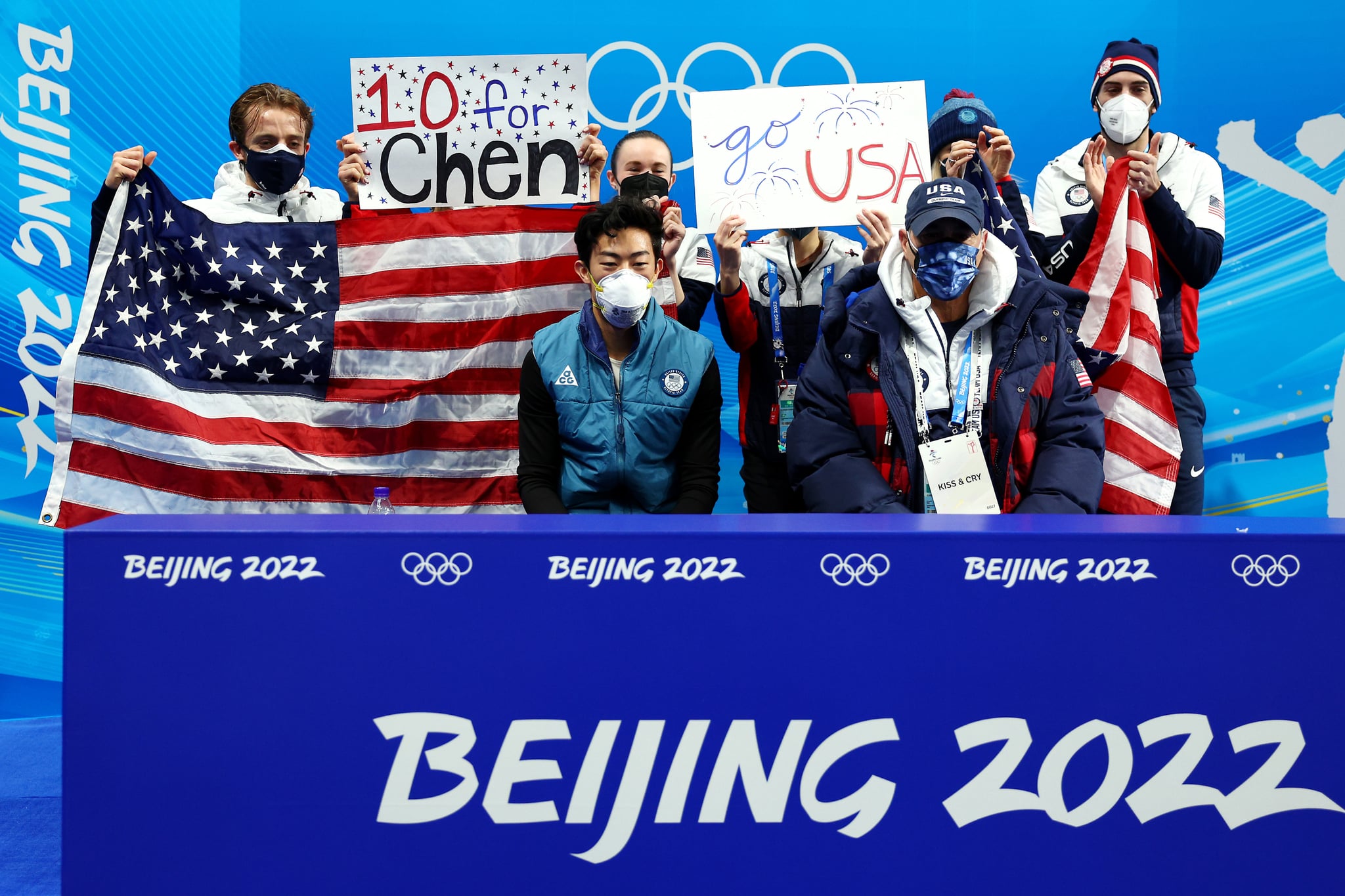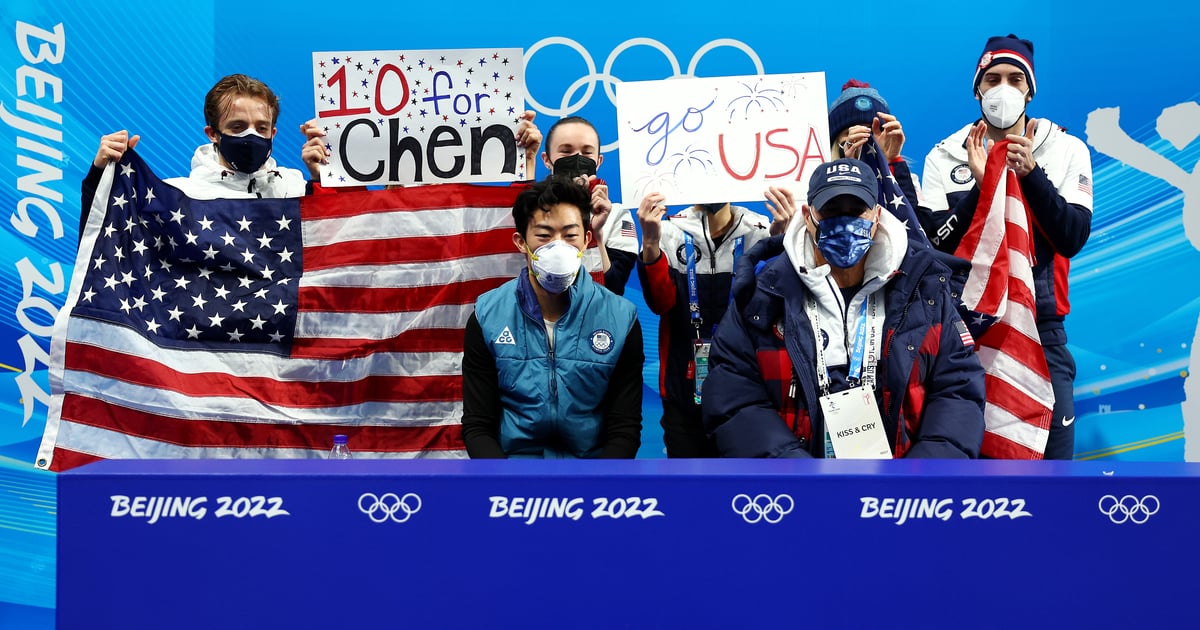
The figure skating competition at the 2022 Winter Olympics is in full swing, with the team event kicking things off in the opening days of the Olympics. If you’re new to figure skating, you might not recognize this event, which itself hasn’t been around that long. So how does this “team” competition work?
The team event is a relatively new addition to Olympic figure skating, making its debut at the 2014 Winter Olympics in Sochi, Russia. The idea behind it is fairly simple: qualified countries each field an all-star team of sorts, sending the best in their disciplines to compete against each other, with points awarded to countries based on their skaters’ placements. The actual mechanics of it, though, probably need a little more explanation.
How Are Countries Chosen For the Figure Skating Team Event?
The qualification process starts long before the Games. In the two seasons prior to the Olympics, countries earn qualifying points based on their skaters’ placements at a wide variety of international events. Only teams that are also able to qualify individual skaters in at least three of the four disciplines are considered eligible for the Olympic team event, regardless of their qualifying points.
As a result, teams like France and South Korea were left off the team event in Beijing for not qualifying enough individual skaters, even though they technically had enough points to make the cutoff. Ten teams met all the requirements for this year’s Games: the Russian Olympic Committee, the US, Canada, Japan, China, Italy, Germany, Georgia, the Czech Republic, and Ukraine.
How Does the Figure Skating Team Event Work?
The competition consists of eight segments: a short program and a free skate for all four disciplines (men’s singles, women’s singles, ice dance, and pairs). In the short program, all 10 countries compete, with one skater or team representing each country. Points are then awarded based on placement at the end of each segment. The country whose skater places first in their segment is awarded 10 points, the second-place finisher gets nine, and so on down to the last-place finisher earning one point. This process repeats until all four disciplines have competed a short program.
At that point, the teams with the five highest point totals advance to the free skate. For this competition, that turned out to be the ROC, the US, Japan, Canada, and China. China actually had the same point total as Georgia but won a spot in the final on a tiebreaker: the sum of China’s top two point placements (10 points for pairs, six for dance) was higher than Georgia’s (seven points each in men’s and women’s).
A similar process now happens with the free skate, with five skaters competing a free program in each discipline. Points are again awarded in descending order by placement, but this time the lowest-ranking skater will receive six points, because there are only five competitors. Points are cumulative, adding on from the short-program totals rather than starting from scratch. After all the free-skate segments are completed, the point totals are added up, and the top three teams are named gold, silver, and bronze medalists. Again, if there’s a tie, tiebreaker criteria come into play.
Each country is also given the option to switch out up to two disciplines, choosing different skaters to compete in the free skate than those who competed in the short program. This may be done to swap out a skater who underperfomed or, more commonly, to ensure that a country’s individual medal contenders aren’t exhausted before their other events.
For instance, the US chose to use both of its swaps, substituting Vincent Zhou for men’s (after Nathan Chen competed in the short program) and Madison Chock and Evan Bates for ice dance (after Madison Hubbell and Zachary Donohue skated the rhythm dance), allowing its biggest individual contenders time to rest.
